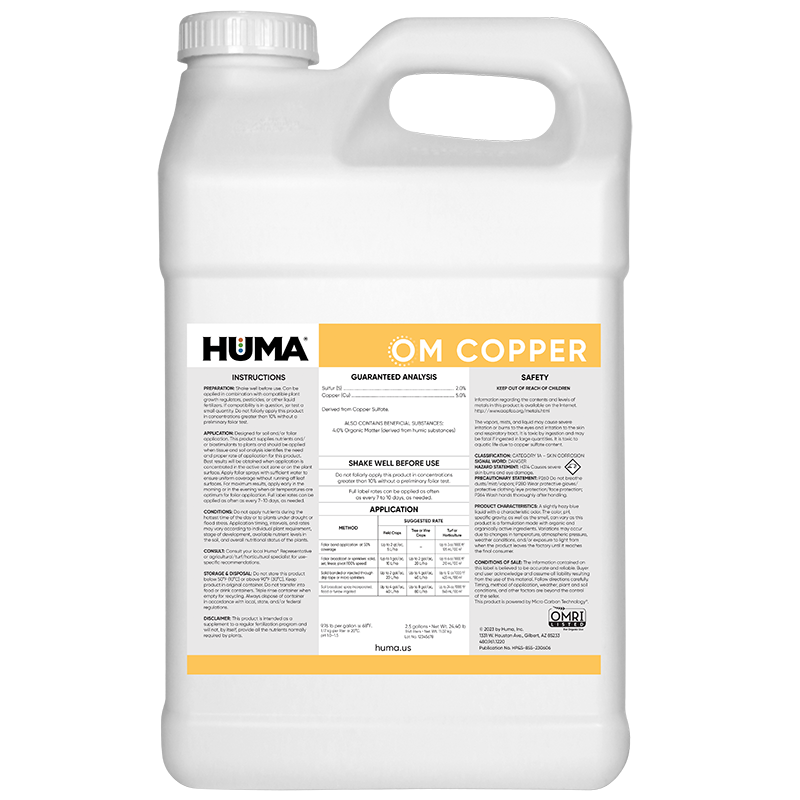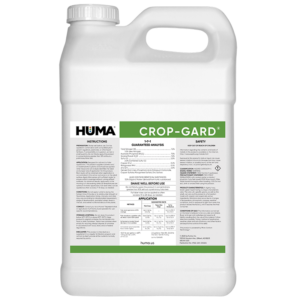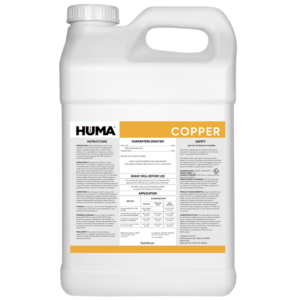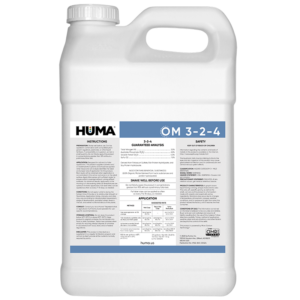OM COPPER
Benefits of Use:
- Effectively treats copper deficiency symptoms
- Provides quick crop response and can be applied just prior to actual crop need
- Can be applied foliarly (according to label directions) without risk of phytotoxicity
- Can be effectively tank-mixed with other organic crop inputs
- Increases enzyme activity in the metabolism of plants
- Has a regulatory effect when soil nitrogen is high
- Has a role in the production of Vitamin A and functions in chlorophyll formation
- May be used with sulfur to improve plant tolerance of environmental stresses
Deficiency Symptoms—When to Apply:
- Young leaves become wilted, chlorotic, and twisted, followed by withering and dying
- Plants show a half-dwarfing effect with an inward rolling of leaves that develop a blue-green appearance
FAQs
Related Products
Related Case Studies
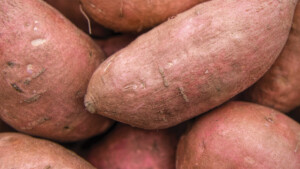
Huma® Program Increases Sweet Potato Yields 39%, With a 10:1 ROI
Objective This field trial was conducted in order to compare sweet potato crop yields and return on investment (ROI) obtained when a Huma® soil product (Zap®, for feeding soil biology and improving soil fertility) and 2 applications of 3 Huma® foliar nutrients (Jackpot®, Calcium, and Super Potassium®) were applied in various combinations. Materials & Methods

Huma® Fertilizer Products Increase Cucumber Yields at ROI of 113%
Objective The purpose of this research project was to evaluate how Huma® liquid fertilizer products with Micro Carbon Technology® affect cucumber yield when compared with a control program of grower’s standard fertilizer. Materials & Methods This study was conducted at the Southeast Ag Research facilities in Chula, Ga. The experiment was conducted with four replicates.
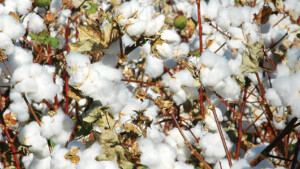
Super Potassium on Cotton
Background: Farmers who try to supply K2O needs on the farm don’t have too many options to get K into the plant, especially in deficient soils. A typical application is KCl which contains an excess amount of Chloride which may not be beneficial to the plant and soil microbes. Huma’s Micro Carbon Technology® based Super
Related Blog Posts

Video: Super Phos + Calcium Mixing Stability Test
English and Spanish subtitles are available. In this video, we demonstrate the unique compatibility of our highly concentrated Super Phos® 0-50-0 product when mixed with calcium. In traditional fertilizers, when phosphorus and calcium are mixed they can precipitate and fall out of solution. The resulting calcium phosphate can clog drip emitters and damage sprayers. Our

The Tradition of Easter Eggs: From Symbolism to Celebration
The Tradition of Easter Eggs: From Symbolism to Celebration Easter is not only a time for religious reflection, but also a celebration of the season's most iconic symbol: the egg. Did you know Americans purchase 180 million eggs just for Easter? Eggs have long been associated with new life, which makes them the perfect symbol for this holiday. The practice of gifting eggs dates back to early Christianity, when eggs were saved during Lent—a time when fasting meant meat could not be consumed. But eggs, easily preserved without refrigeration, were kept and often given to children on Easter, sometimes painted red to symbolize the blood of Christ. Today, we still celebrate with hard-boiled and decorated eggs, but modern Easter traditions also include the ever-popular chocolate eggs. In fact, over 91 billion chocolate eggs are sold for Easter each year! Another beloved tradition is the Easter Egg Roll, a fun and historic event symbolizing the rolling away of the stone from Christ’s tomb. The White House has hosted an official Egg Roll since 1878, and today, it continues to bring joy to thousands, thanks to the efforts of our First Ladies.

Rooted in Hope: The Unshakable Optimism of Farmers
Rooted in Hope: The Unshakable Optimism of Farmers Farmers are eternal optimists. They have to be. Their entire existence is based on the hope that the seeds they sow in the spring will bear fruit come fall. Last month, farmer sentiment rose another 11 points, based on the Purdue Ag Economy Barometer. It’s now about as high as it’s been in a decade (save for 2020-21, when commodity prices hit record highs).

